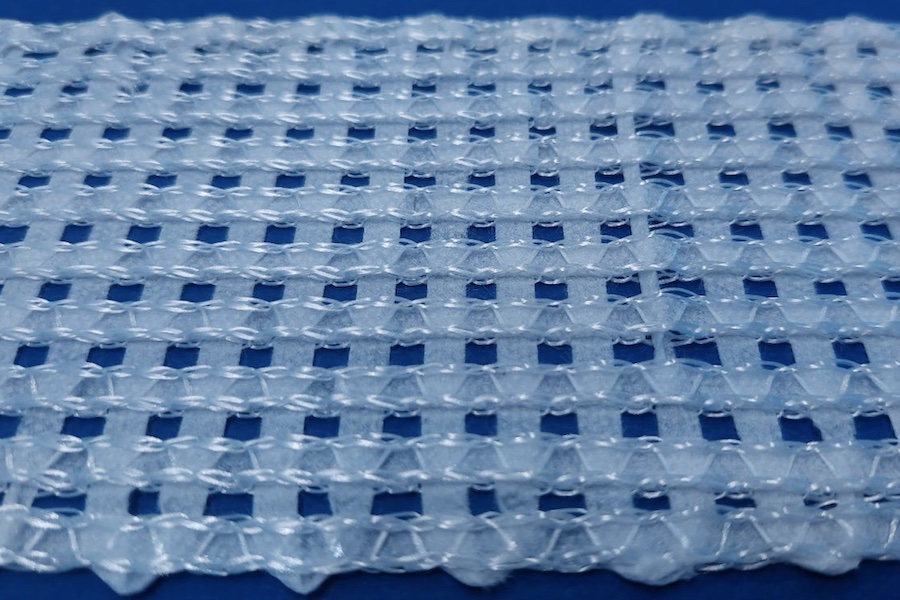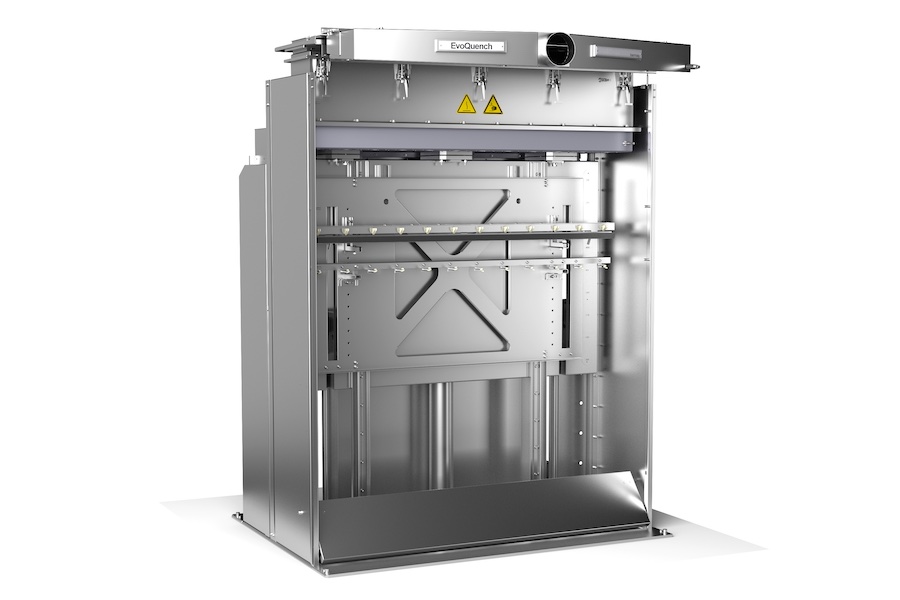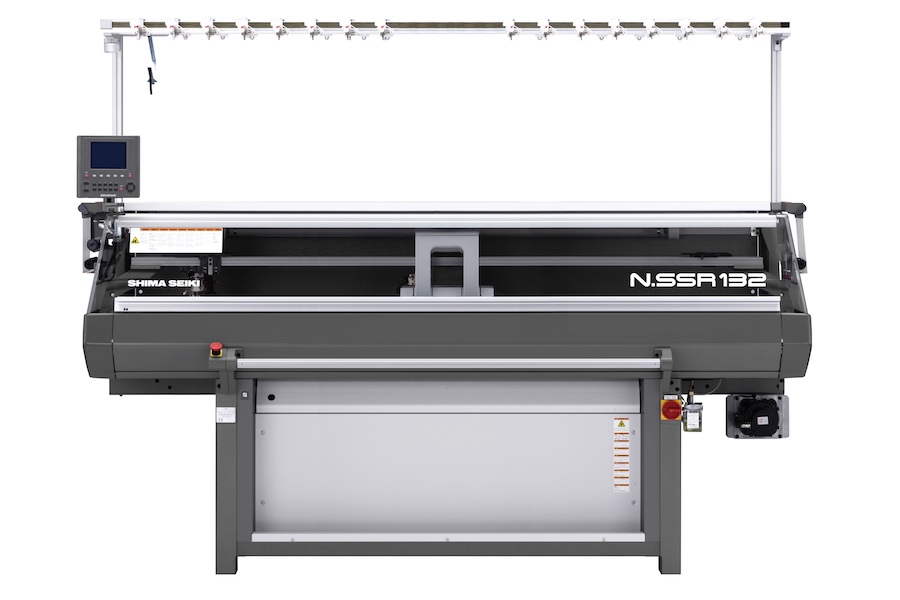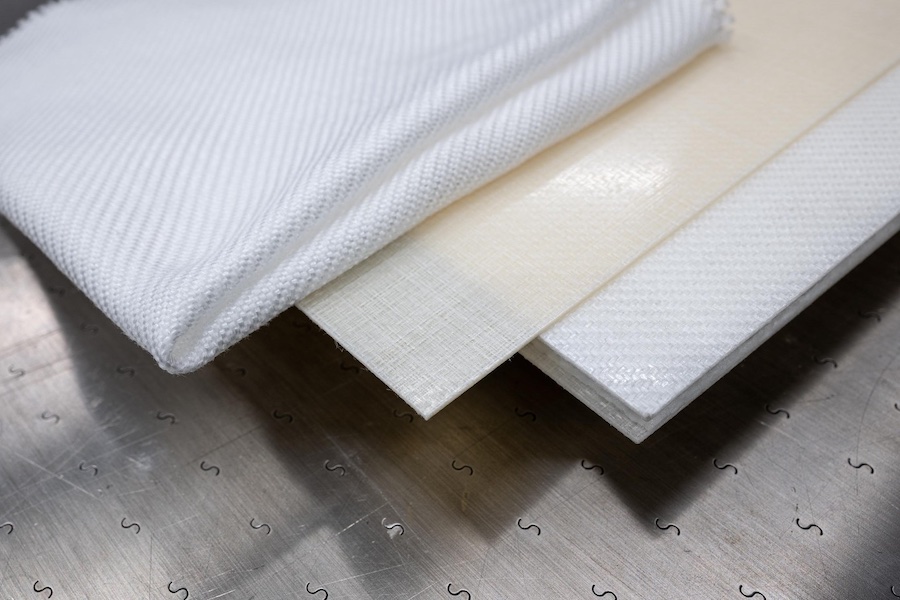#Sustainability
Textile Exchange enhances MIE Tool with forest and air pollution risk categories
Developed with insights from leading organizations such as the Apparel Impact Institute and the Rainforest Alliance, the MIE tool now enables users to evaluate biodiversity and environmental risks more comprehensively.
Key Updates:
+ New risk categories for forests and air pollution
+ Inclusion of manmade cellulosic fibers (MMCF)
+ Expert contributions from top environmental organizations
One of the tools users, Veronique Rochet, Senior Director of Sustainability at PUMA, said:
“At PUMA we are currently taking steps to mitigate biodiversity risks and address environmental pollution risks through our 10FOR25 targets and supplier programs related to climate, chemicals, water, and air. We recently used the Materials Impact Explorer (MIE) tool provided by Textile Exchange to inform our biodiversity risk assessment of our key raw materials such as polyester and cotton. The MIE tool has helped us to review if we have the right strategies in place to address the risk of the potential impact on biodiversity and the risk of dependency in terms of environmental assets and ecosystem services that our organization relies on to function. We value having forests included as a risk category to explore further deforestation-free commitments in addition to our commitment to source all bovine leather used in our products from verified deforestation-free supply chains by 2030 or earlier. We also value having air pollution as a risk category as this is part of our Tier 1 and 2 supplier programs, but we also need to understand the risks in our upstream value chain. The MIE tool analyses risk in terms of potential impacts and dependencies at the very start of the value chain (Tier 4).”
The tool is designed for organizations that know the country of origin of their raw materials, where the farm, forest, or initial production facility is based.
Textile Exchange also acknowledges that forests are part of a broader land use change risk area; the organization plans to explore opportunities for building this out in the future.
The enhanced MIE tool is available to organizations familiar with the country of origin of their raw materials. Access the tool here.
https://materialsimpactexplorer.com/











